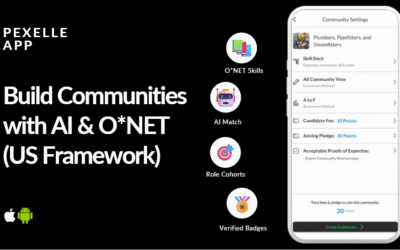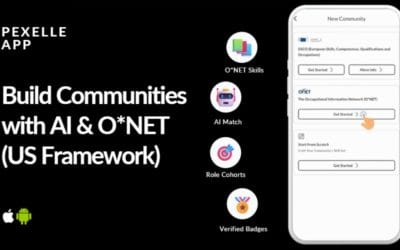Ensuring Privacy and Security in AI Data Processing: Safeguarding User Data from Misuse

As AI technologies advance, the ability to process and predict data from various domains, including sensitive and private information, has become a powerful tool for enhancing user experiences and improving services. However, with great power comes great responsibility, especially when it comes to safeguarding personal and confidential user data. In the context of AI, privacy concerns often revolve around the possibility of user information being misused, accessed, or disclosed without consent. This article explores the measures and guarantees that can help ensure AI models do not compromise user privacy or use sensitive information inappropriately.
Understanding the Risk: AI and User Privacy
AI systems are designed to learn from large datasets, which often include sensitive user data such as medical histories, financial records, personal identification information, and browsing habits. These systems may use this data to make predictions, automate processes, and improve decision-making. However, without proper safeguards, this information can be at risk of being exposed, whether through system vulnerabilities, malicious attacks, or intentional misuse.
One of the major concerns surrounding AI’s use of sensitive data is its potential to learn from and retain details that could be used to identify individuals. While AI models do not inherently “remember” personal data in the traditional sense, the models can process patterns that may inadvertently link back to identifiable individuals, especially when combined with other datasets.
Data Anonymization and Encryption: First Line of Defense
To mitigate the risk of misuse, two essential techniques are employed: data anonymization and encryption.
- Data Anonymization: This process involves removing or altering any personally identifiable information (PII) within the data so that it cannot be traced back to specific individuals. Anonymization techniques, such as data masking or pseudonymization, make it difficult for AI systems to access personal information. While anonymized data can still be useful for predictive analysis, it greatly reduces the risk of privacy breaches.
- Encryption: Data encryption is another critical method for ensuring that sensitive information is kept safe. By encrypting data, AI systems can process encrypted information, and only authorized entities with the correct decryption keys can access the original content. Encryption not only protects data during transmission but also prevents unauthorized access even in the event of a breach.
Data Minimization and Consent: Ethical Practices
AI models should adhere to ethical guidelines that promote data minimization. This means collecting only the data that is necessary for the task at hand and not storing or processing extraneous information. By limiting the scope of the data being used, organizations reduce the potential for misuse.
Additionally, obtaining explicit user consent is critical. Informed consent ensures that individuals are aware of how their data will be used, stored, and processed by AI systems. Users should also have the right to revoke consent or opt out at any time, ensuring that their data is only used with their approval.
Decentralized Processing: Keeping Data in the User’s Control
One promising approach to protecting user privacy is decentralized AI processing, which ensures that sensitive data does not need to leave the user’s device. Instead of sending data to centralized servers, the data is processed locally, and only the results are shared with the AI model. This method eliminates the risk of large-scale data breaches and ensures that users retain control over their information.
AI Ethics and Regulation: Ensuring Accountability
To further bolster trust in AI systems, ethical frameworks and regulatory standards are essential. Governments and organizations worldwide are working to establish guidelines that ensure AI development aligns with human rights and privacy concerns. For example, the General Data Protection Regulation (GDPR) in the European Union mandates strict rules for handling personal data, giving individuals more control over how their information is used. AI developers and data processors are required to adhere to these standards to ensure they meet legal and ethical obligations.
Transparency is another crucial component of AI ethics. AI models should be explainable, meaning that users and auditors can understand how decisions are being made, what data is being processed, and how privacy is protected. When users are provided with clear explanations of how their data is handled, it increases their confidence and trust in the system.
Final Thoughts: Preventing AI Misuse
While AI has the potential to revolutionize industries and improve lives, ensuring that personal and confidential user information is handled securely is paramount. Developers, regulators, and organizations must collaborate to create and enforce systems that prioritize privacy and transparency.
Through methods such as data anonymization, encryption, data minimization, user consent, and decentralized processing, AI can be made safer and more trustworthy. Furthermore, a strong ethical foundation, along with clear regulations and transparency, will help mitigate the risks of AI misuse. As AI continues to evolve, it is essential to remain vigilant and proactive in protecting user data and preserving privacy.
By implementing these safeguards, AI can continue to advance while ensuring that sensitive data remains protected, empowering users to trust the technology they interact with.
Source : Medium.com




